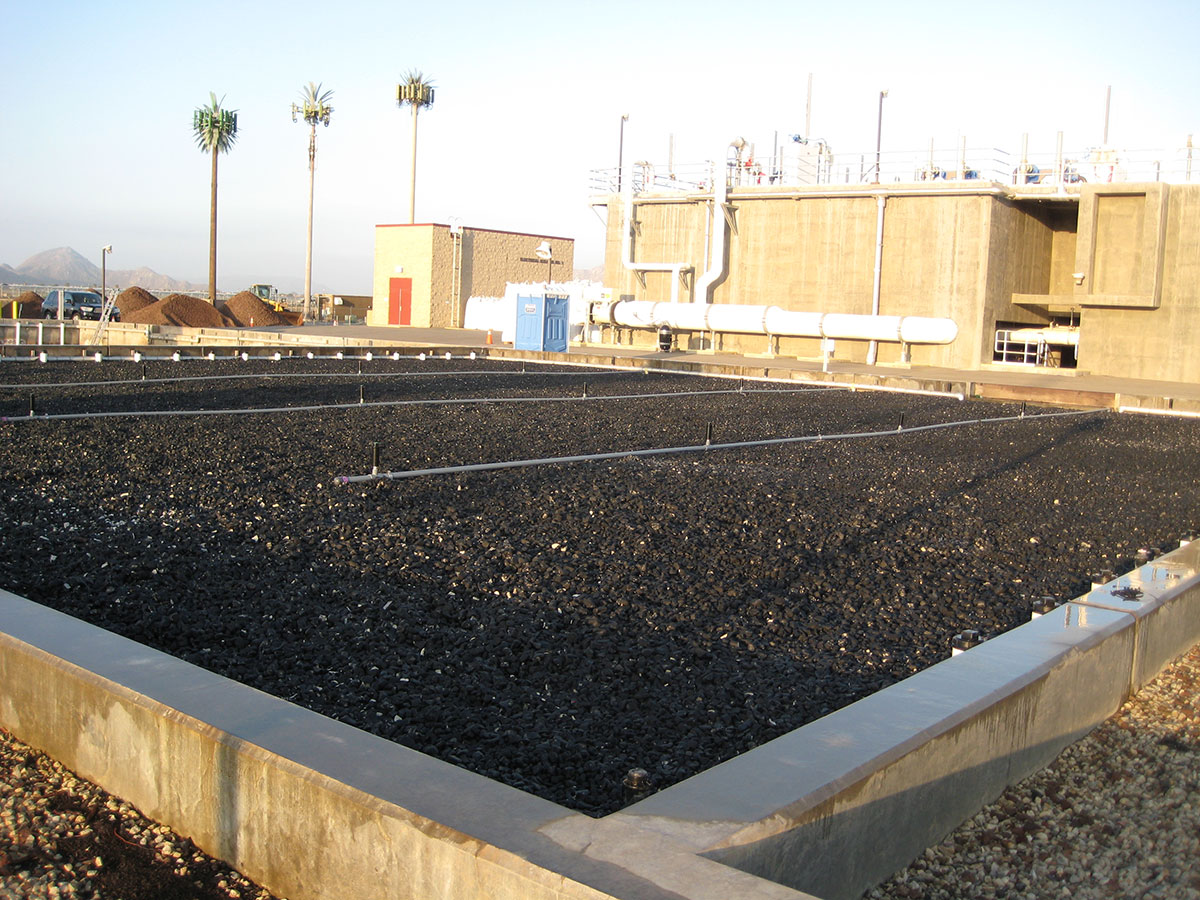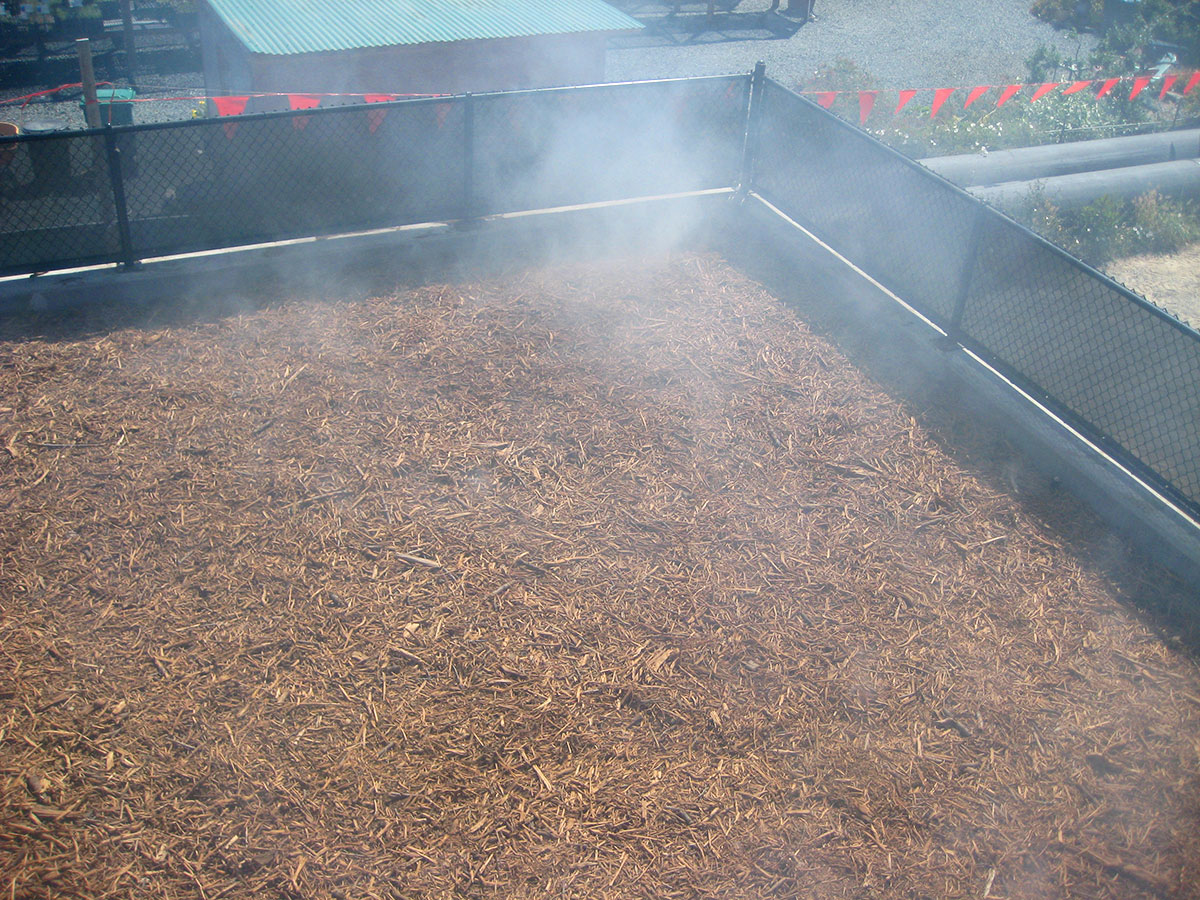
Project in Brief
- Project Name: Air Distribution System Smoke Test
- Location: Richmond, CA
- Installation Date: June 2023
- Source of Odors: None (new system)
- System Type: Biofilter
- Media Type: Crater-Max® and Fiber-Max™
The Situation
Engineers at the newly constructed wastewater treatment plant in Richmond, Calif., needed to determine whether the air distribution system achieved an even airflow pattern as required by contract specification. As GES Biotek was specified for the filtration media as well as many of the system’s components, it fell to GES to verify performance.
The Solution
An initial smoke test was conducted on the Crater-Max® header cover and media bed prior to the installation of the Fiber-Max™ media. The test setup involved the release of non-toxic, visible smoke at the inlet header at the media bed and cover. Smoke was introduced into the system using a smoke generator. A systematic observation of the smoke dispersion was made, and the pattern of airflow was documented.
The smoke test demonstrated a uniform and consistent dispersion of smoke particles throughout the media bed and screen cover in the biofilter cell. The smoke plume was observed to travel in a controlled and even manner across the entire Crater-Max® media bed surface. No localized regions of excessive or inadequate airflow were detected, suggesting an excellent distribution pattern within the biofilter cell. The uniform airflow distribution is a positive indicator of the effective design and construction of the Crater-Max® biofilter system. It suggests that the header cover and media bed possess the necessary characteristics to promote optimal pollutant removal and efficient biological activity.
A second smoke test of the Crater-Max® media base layer and Fiber-Max™ media top layer after media installation demonstrated uniform airflow distribution, affirming its effectiveness in evenly distributing foul air for odor control.
The biofilter cell has been equipped with a combination of two distinct media layers: a porous lava rock Crater-Max® media base layer and a fibrous organic Fiber-Max™ media top layer. The dual-media ecosystem developed by GES facilitates efficient odor control by creating different environments suitable for distinct microbial communities.

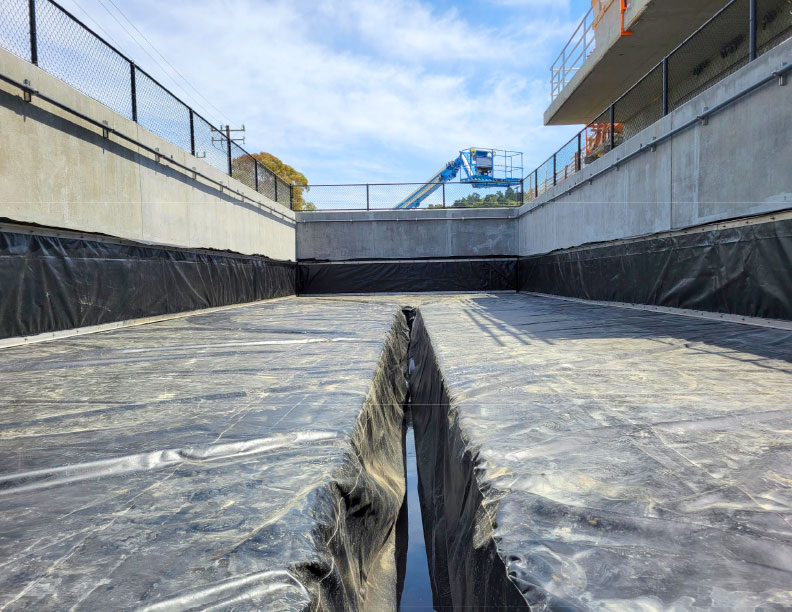




Additional Case Studies

Biofilter Media Upgrade, Temecula, CA
Enhanced Cell-Max™, Crater-Max®
A media upgrade prevented large amounts of hydrogen sulfide from exiting the plant’s two biofilters
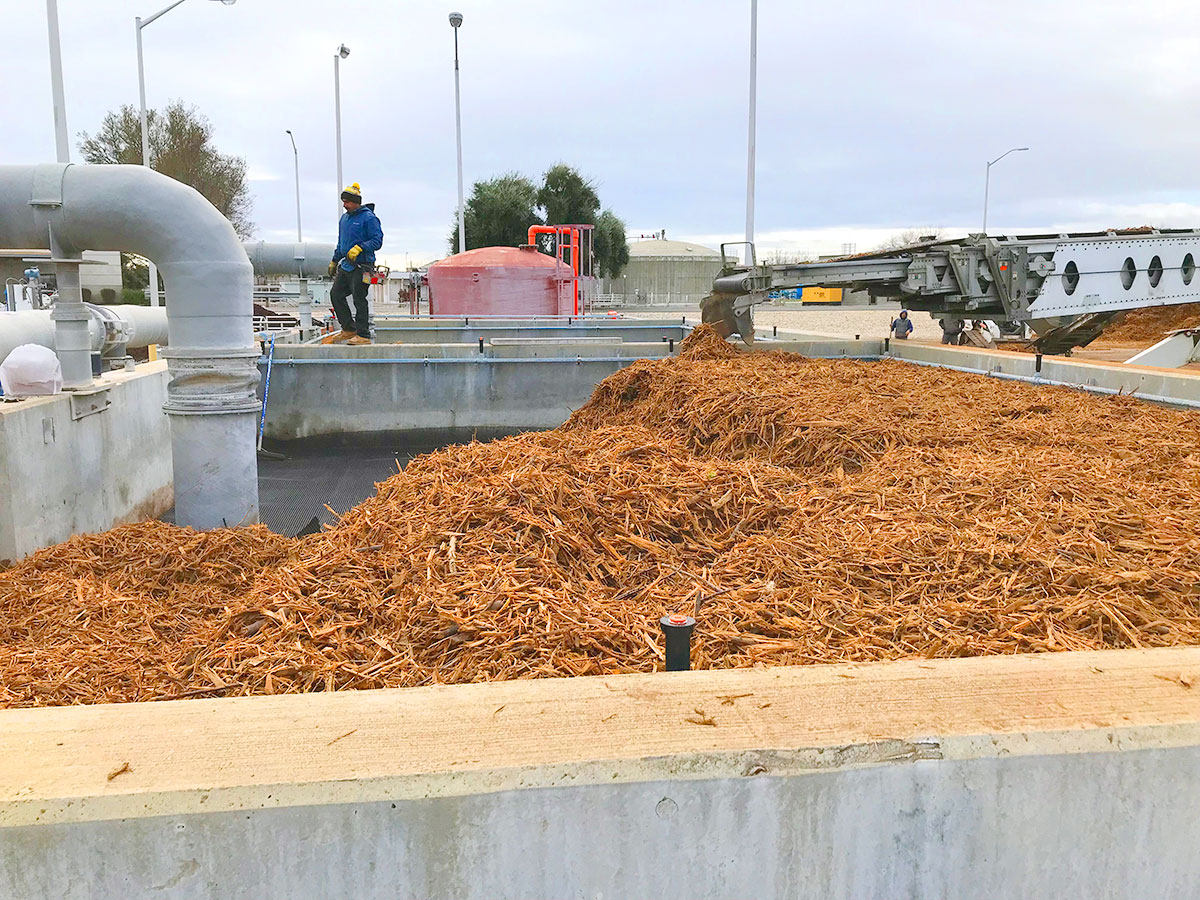
Biofilter Media Replacement, Chico, CA
Fiber-Max™, Crater-Max®
GES Biotek restored two overgrown biofilters to full functionality by replacing dilapidated components and adding fresh media.
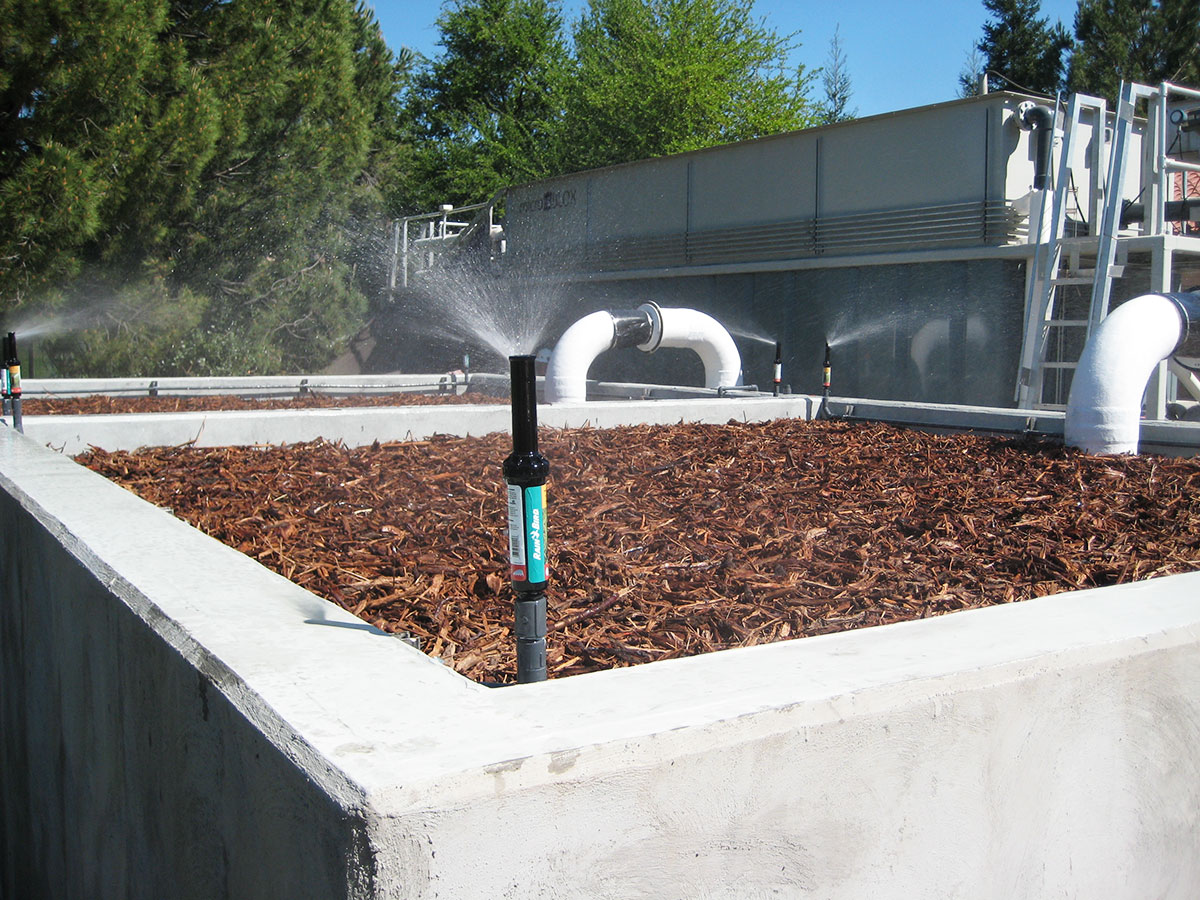
Monte Verdi WWTP, Clovis, CA
Fiber-Max™, Crater-Max®
GES Biotek supplied and installed filtration media and components for the plant’s new concrete biofilter.
